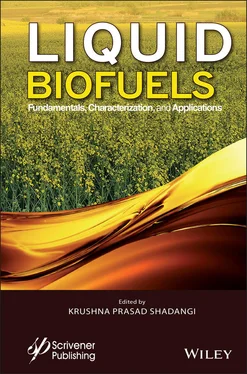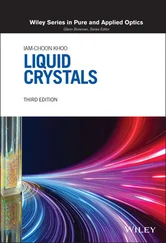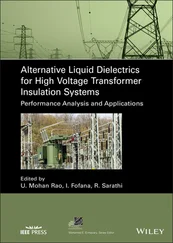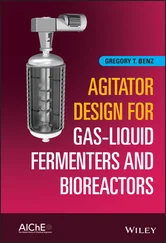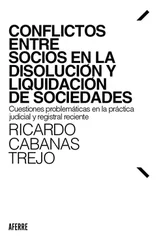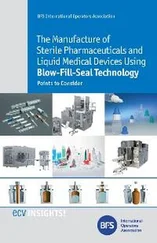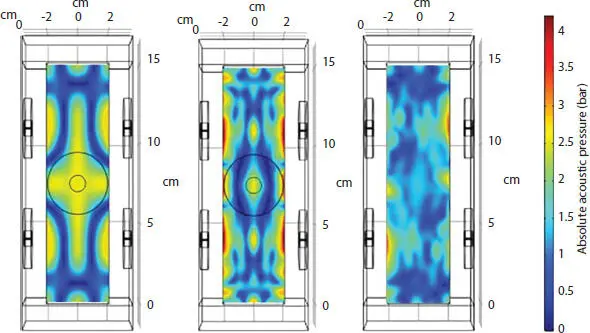
Figure 2.3 Contours of the absolute acoustic pressure field based on COMSOL simulations for a total power of 120W (20W per transducer) [adapted form Delacour, C. et al. , [109] with permission of copyright@ 2020, American Chemical Society].

Figure 2.4 Grid sensitivity analysis of the CFD simulations [112].
Prabhu et al. [113] have reported the details of the numerical method to optimize multi-frequency sonochemical reactors. They have studied operating parameters such as frequency of irradiation, intensity of irradiation, initial radius of the cavity, the gas content of the cavity, and the operating temperature on the cavitational activity using numerical solutions of the cavity dynamics equations. The numerical method supported by strong experimental proof revealed that the authors have helped establish optimum design specification and scale-up cavitational reactors. Similarly, Gogate et al. [114] also reported the numerical method to scale-up cavitational reactors and recommended a series of steps while scaling-up of a cavitational reactor.
Moholkar [115] reported dual-frequency design of the ultrasonic reactor to address the non-uniform volumetric energy dissipation issue associated with single frequency ultrasound reactors. He has developed numerical models to optimize the multi-frequency ultrasound reactor and concluded that out of two design parameters, frequency ratio and phase difference, the latter is more effective in designing and scaling of ultrasound reactors. Several authors previously reported multi-frequency ultrasound reactor for potential scale-up of ultrasound reactors [116–118]. In another study, Gogate and Pandit [118] reported design of large-scale sonochemical reactors using numerical model devolvement and experimental validation with different reactor types and reactions, including esterification and transesterification. They also recommended the use of multi-frequency reactors for large-scale commercial application.
Nevertheless, an ongoing effort on the scale-up of the ultrasonic reactor in the future will be done by a numeric method and computer-based simulations method such as CFD [112] using tools such as COMSOL or ANSYS.
2.6 Application of Cavitational Reactors for Large-Scale Biodiesel Production
Sonochemistry induced by cavitational phenomena and its beneficial application for biodiesel production has attracted the interest of the research community and the industrial domain. Nevertheless, the complex design of the system and its effective implementation in a large-scale process still needs significant R&D efforts. The principal merit of cavitational reactors for biodiesel synthesis at a commercial scale is its reduced operational cost (in terms of energy requirement) and higher energy efficiencies and yields. In lab-scale studies, exergy analysis looks promising, but translating these ideas into commercial processing is still a challenge [119]. As discussed in the previous section, the two types of pilot-scale reactors have been designed, viz., multi-frequency sonochemical reactors and hydrodynamic cavitation reactors. The research group of Pandit and Gogate has demonstrated the successful application of pilot-scale hydrodynamic cavitational reactors for biodiesel synthesis in numerous studies [23, 97, 120]. These reactors achieve higher conversation rates in a shorter time and reduce solvent requirements compared to conventional mechanical mixing. However, these reactors are not compatible with the heterogeneous catalysts. This doesn’t improve the downstream processing of biodiesel, and thus becomes the main limitation in scale-up. The multi-frequency sonochemical reactors will be an ideal solution in such cases, but limited case studies have been carried out using such reactors. The main advantages of such reactors are their flexibility of operation in both batch and continuous model and the compatibility with heterogeneous catalysts. On the other hand, the high energy input of these reactors is the major limiting factor [79, 114, 121]. Murillo et al. [122] and others [86] have successfully demonstrated 3 L capacity ultrasonic reactor for biodiesel synthesis. Comprehensive work is still required to achieve the commercialization of biodiesel production.
2.7 Future Prospects and Challenges
Biodiesel via transesterification is one of the emerging processes for meeting the increased demand for renewable fuels. Transesterification, being a heterogeneous reaction system, is a mass-transfer controlled process. Moreover, the selection of feedstock controls the economics of the overall process. In order to improve the overall economy of the process, the feedstock of non-edible oils and heterogeneous catalysts are the best feasible solutions. The use of heterogeneous catalysts further increases the mass transfer barriers and lowers the conversion rate. To improve the reaction kinetics and yield of the process, sonication is found to be a useful tool in lab-scale studies. Research on ultrasound-assisted or cavitation-assisted biodiesel processes is promising and demands further R&D efforts to develop large-scale operations. Significant research is also required on ultrasound-assisted heterogeneously catalyzed transesterification processes. Large-scale biodiesel production may require the use of a mixture of non-edible oils and third-generation feedstocks like microalgal lipids. Efficient processes need to be developed to convert these feedstocks into biodiesel in a cost-effective way that requires R&D in both chemistry and reactor design and engineering. Lab-scale research in academic institutions and universities and the pilot-scale trials in the industry should go hand-in-hand to develop an energy-efficient, sustainable, and economically attractive commercial biodiesel process.
1. Moholkar, V.S., Choudhury, H.A., Singh, S., Khanna, S., Ranjan, A., Chakma, S., and Bhasarkar, J., Physical and chemical mechanisms of ultrasound in biofuel synthesis, in Production of Biofuels and Chemicals with Ultrasound (eds. Fang, Z., Smith, R.L.J., and Qi, X.), pp. 35–86. Springer, Dordrecht, 2015.
2. Abomohra, A.E.F., Elsayed, M., Esakkimuthu, S., El-Sheekh, M., and Hanelt, D., Potential of fat, oil and grease (FOG) for biodiesel production: A critical review on the recent progress and future perspectives. Prog. Energy Combust. Sci. , 81, 100868, 2020.
3. Chuah, L.F., Klemeš, J.J., Yusup, S., Bokhari, A., Akbar, M.M., A review of cleaner intensification technologies in biodiesel production. J. Clean. Prod. , 146, 181–193, 2017.
4. Elbashir, N.O., Ahmed, W. Choudhury, H.A., Nasr, N.M., et al., GTL Derived Synthetic Fuels: Potentials and Challenges in Global Market, in Water-Food-Energy Nexus: Processes, Technologies and Challenges , CRC Press Taylor & Francis Group, 2016.
5. Basha, S.A., Gopal, K.R., Jebaraj, S., A review on biodiesel production, combustion, emissions and performance. Renew. Sustain. Energy Rev. , 13(6–7), 1628–1634, 2009.
6. Mahlia, T.M.I., Syazmi, Z.A.H.S., Mofijur, M., Abas, A.P., Bilad, M.R., Ong, H.C., Silitonga, A.S., Patent landscape review on biodiesel production: Technology updates. Renew. Sustain. Energy Rev. , 118, 109526, 2020.
Читать дальше
